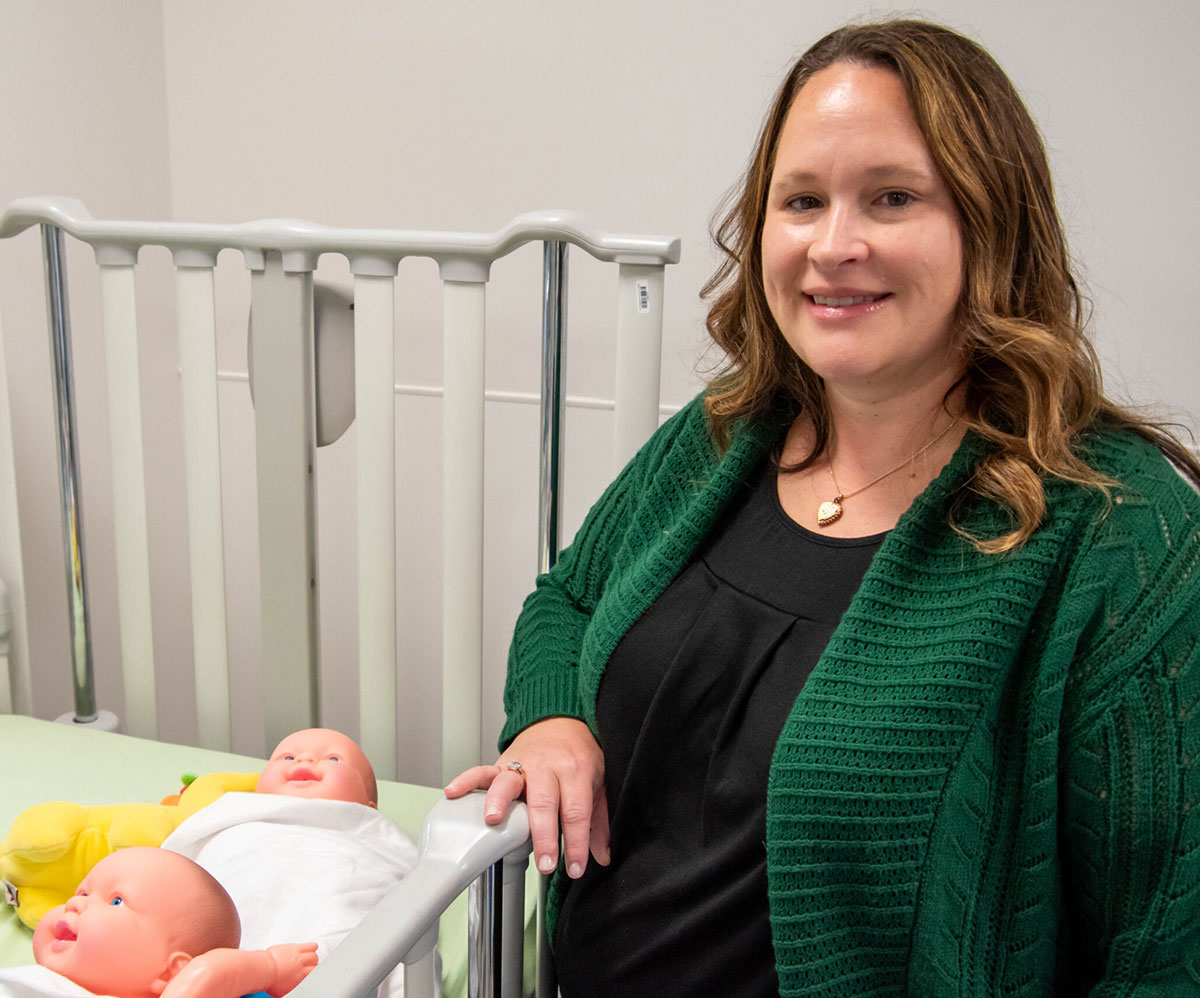Q&A with Jill Kuester, new director of the Acute Care Pediatric Nurse Practitioner Program
By Andrew Goldstein | Marketing Communications Associate
Jill Kuester has spent roughly two decades taking care of children, first in the neonatal unit and then as a pediatric intensive care unit nurse at Children’s Wisconsin and the Medical College of Wisconsin. It’s a job that brings her joy.
“They’re always so positive; even if they’re sick, they’re still kids,” Kuester says. “Despite what some of them have to go through, they’re still playful.”
Over time, Kuester has widened her professional responsibilities to include training the next generation of pediatric nurses, a mission she now pursues as the new director of the Acute Care Pediatric Nurse Practitioner program at Marquette.
Why did you choose pediatric nursing as a profession?
There’s a lot of satisfaction in taking care of kids. You are doing a lot of difficult, technical work in the intensive care unit, but sometimes you still get to play with the kids too. That’s a lot of fun and it makes the heavy stuff a little bit easier.

What gives you the greatest satisfaction as a pediatric nurse?
I derive a lot of joy from the times when I can help a family understand what’s happening with their child, even if it’s something really difficult. I think the best thing about being a nurse practitioner is spending time with families and getting to know them well. Connecting with those families is why we all do this.
What motivated you to get into teaching?
It started in the hospital. I enjoyed working with younger staff as a bedside nurse and then keeping that up when I was a nurse practitioner. Because Marquette has such a close relationship with Children’s Wisconsin for clinical placements, I would see acute care students come in and work in the ICU all the time. It was really a lot of fun to work with them and see them connecting those dots. If I can take on that mentor role in the classroom, I can have even more of a relationship with the students.
Describe your teaching philosophy
I usually tell my students that I have high expectations of them and that they should expect to put a lot of work into the courses. There are a lot of things I expect them to do to come to class prepared. But I also expect that I’ll have to provide a high level of support for them.
This is all because I’m training the next generation of my colleagues. There are plenty of students I’ve taught that work with me now and that’s my mindset: I’m teaching them to work with me.
Think back to when you were getting your nurse practitioner degree. What are some of the similarities and differences between students in your program now versus students back then?
We now have a younger group of people coming into nurse practitioner programs — people who have their bachelor’s degree and are excited about that next step of going into advanced practice. When I was going through school, it felt like people were spending more time at the bedside. Being a nurse practitioner wasn’t on my radar until later in my career, and now it seems like it’s on people’s radar earlier.
Your Doctor of Nursing Practice project focused on ways to improve nurse leadership. Why did you choose that subject?
I really believe that all nurses are leaders, and that Marquette can do a lot to deepen those leadership skills. Part of what my paper said is that nurse practitioners can be leaders right where they stand; they don’t have to be in an administrative position.
How can nurses be leaders even if they don’t have formal oversight responsibilities?
Nurses can help their peers by stepping up in a moment when something difficult is happening clinically by knowing what direction to take. Nurse practitioners are also leaders in interdisciplinary areas. I see examples of leadership among my unit of advanced practice providers every single day. There are plenty of times where we’re working with people that are very ill and the team turns to us as nurse practitioners to figure out a solution.
